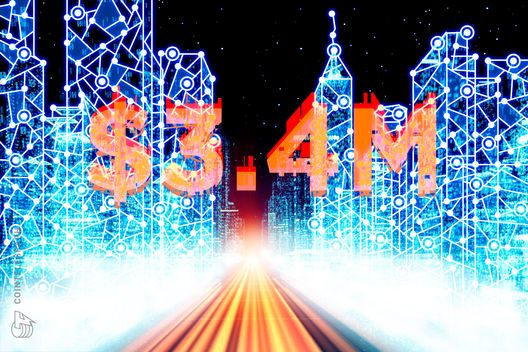DeFi must return to its P2P origins.
Decentralized finance (DeFi) originated with the goal of creating a global, permissionless financial system through peer-to-peer (P2P) transactions. Early platforms facilitated direct lending and borrowing, allowing users to negotiate terms independently. However, many DeFi protocols have shifted towards liquidity pools and automated market makers, compromising user control and transparency. The Hyperliquid exchange incident highlighted the fragility of decentralization, as it manipulated oracle pricing, undermining trust in the system. To regain its foundational principles, DeFi must return to P2P lending, enabling users to negotiate terms and select collateral without reliance on centralized oracles. This user-centric approach is essential for achieving mass adoption and restoring the transparency and control that DeFi was designed to provide. Despite challenges, demand for DeFi remains strong, as evidenced by significant total value locked (TVL) figures for platforms like Aave and Uniswap. The future of DeFi lies in simplicity, flexibility, and individual user empowerment.











